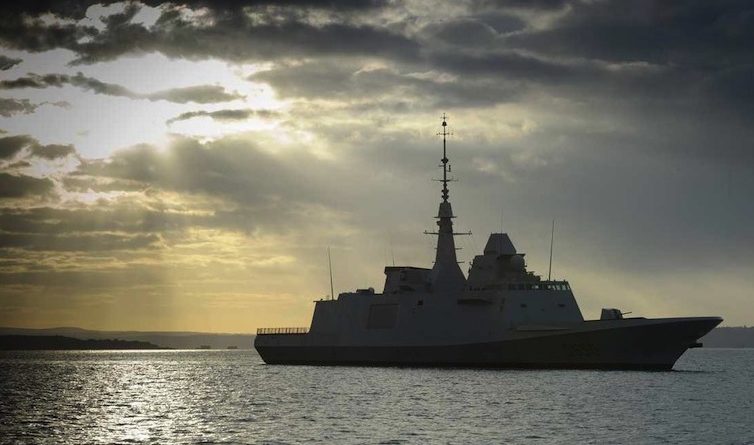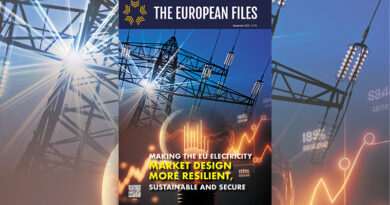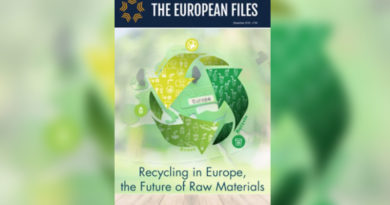
The competitiveness of Europe’s defence industry is the keystone to EU’s strategic autonomy
The concept of strategic autonomy is interpreted quite differently in various parts of Europe and in the US. So a clarification of what we are discussing about is a must in any debate on the future of Europe’s defence.
What kind of autonomy are we talking about?
Strategic autonomy is often defined as the ability to act and cooperate with partners or allies whenever possible and at the same time being able to act autonomously, if necessary.
The framework of this cooperation can be found, among others, in recent agreements between NATO and the European Union (including those dealing with hybrid threats).
Some EU Members States might have different understanding of political and military or operational aspects of the strategic autonomy. The role of the European Commission is not to resolve these debates of EU countries now.
The strength of the EU has always been cooperation removing barriers and encouraging both competition and cooperation between players from various EU countries.
The European Commission’s proposal on military mobility is a tool of “opening” by enhancing the EU’s transport infrastructures to make them fit for military equipment.
On the other hand, EU’s autonomy might also be provided by a strong, competitive and innovative European defence industrial base.
That would help EU members to preserve and develop their critical technologies in the field of defence and expand them through European cooperation within the EU.
Strengthening defence (and of course strategic autonomy) costs money.
The changing geopolitical context has led EU members and the European Commission to propose to dedicate EU funds to defence industrial cooperation. It’s turned out that using of EU budget for some defence purposes is both desirable and possible without breaching EU treaties.
That’s why the European Commission in 2017 launched a European Defence Fund to help EU members to spend taxpayer money more efficiently, reduce duplications in spending, and get better value for money.
And on May 2 the European Commission proposed 13 billion euro for European Defence Fund in its full-fledged version in the next long-term budget (2021-2027).
The Fund’s aim is to complement national expenditure in research and capability development in defence industry and encourage defence industries (and authorities) to cooperate across borders.
The current lack of such cooperation between EU countries costs between 25 and 100 billion euro a year. This is because of inefficiencies, lack of healthy com- petition and also because of lack of economies of scale for industry and production and unnecessary duplication in defence spending.
It shows strongly if the EU is compared to the US which in that area is not only Europe’s ally but also a benchmark for industry cooperation.
I consider the Fund will be a real game changer for competitiveness of Europe’s defence industry including the many SMEs in the European defence supply chain.
In defence industry the global trend is toward competition between fewer and larger players. If European industry wants to compete globally, it should pool its industrial resources.
The European Defence Fund will support research on new technologies. Moreover, it will give co-funding, together with Members States, to joint development of prototypes and tech demos.
Joint investment by Member States, as encouraged by the Fund, should ensure joint procurement projects in later stage.
The Commission has already launched two small test schemes. They cover recently launched Ocean2020 project with 42 partners from 15 member states.
Ocean2020 is expected to boost research in the naval area, including integration of unmanned platforms in surveillance and interdiction missions.
But the Fund is also a game changer because the EU Member States and the parliament agreed in the framework of the pilot initiative (EDIDP) on who should get access to the funding.
It is the first time that we have a concrete discussion and agreement at EU level, on what strategic autonomy means for Europe. So I see in the European Defence Fund potential for support to small and medium sized enterprises in their collaborative projects, creation of new jobs, new tax revenues, technological spin-offs for non defence industries.
However, ensuring close links between the European Defence Fund and the projects implemented within the Permanent Structured Cooperation in defence (PESCO) will certainly lead to strategical gains.
Better developed and cost efficient technologies and equipment will make European defence stronger and EU’s industry able to compete on global markets.




